View all Standards for California VAPA Standards (2019)
8.TH:Pr5.b Use a variety of technical theatre elements to create a design for a rehearsal or drama/theatre production.
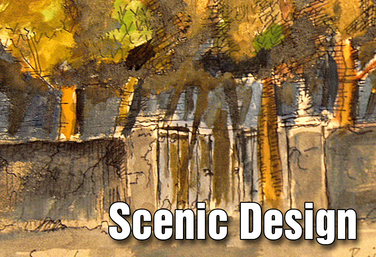
Part of the Drama One Curriculum
Scenic Design
by Karen Loftus

Part of the Drama One Curriculum
Drama One Final Project
by Karen Loftus

Puppetry
by Jenny Goodfellow
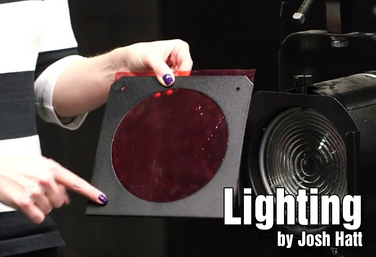
Part of the Technical Theatre Mini Units Curriculum
Lighting
by Josh Hatt
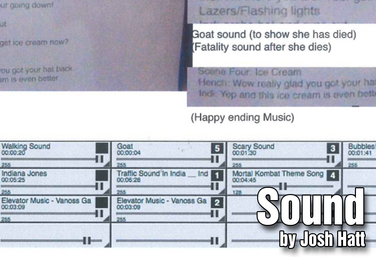
Part of the Technical Theatre Mini Units Curriculum
Sound
by Josh Hatt
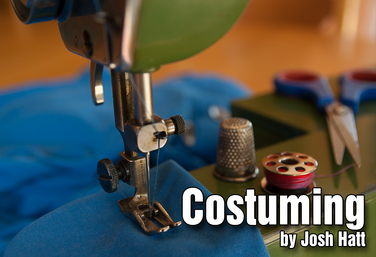
Part of the Technical Theatre Mini Units Curriculum
Costuming
by Josh Hatt
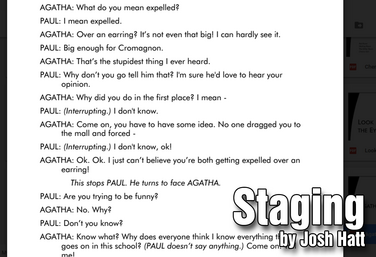
Part of the Technical Theatre Mini Units Curriculum
Staging
by Josh Hatt

Part of the Technical Theatre Mini Units Curriculum
Free Play Makeup
by Josh Hatt

Part of the Technical Theatre Mini Units Curriculum
Culminating Project
by Josh Hatt
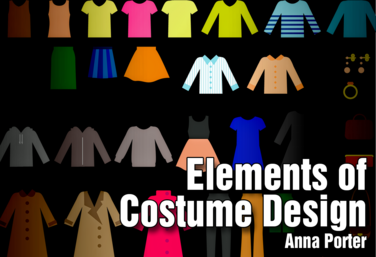
Elements of Costume Design *Hyperdoc
by Anna Porter

Part of the Stagecraft Without a Theatre Curriculum
Make-Up Design
by Karen Loftus and Josh Hatt

Part of the Stagecraft Without a Theatre Curriculum
Introduction to Theatre Production
by Karen Loftus

Part of the Stagecraft Without a Theatre Curriculum
Costume Design
by Holly Beardsley, Karen Loftus, and Josh Hatt
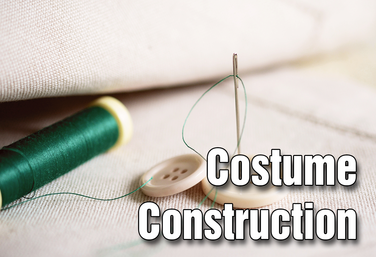
Part of the Stagecraft Without a Theatre Curriculum
Costume Construction
by Karen Loftus

Part of the Stagecraft Without a Theatre Curriculum
Culminating Project
by Karen Loftus

Part of the Distance Learning Curriculum
Introduction to Technical Theatre: Distance Learning
by Lindsay Price

Introduction to Technical Theatre: Flipped Learning
by Lindsay Price
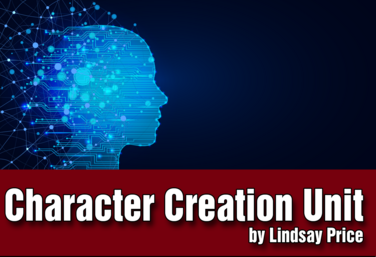
Character Creation: Superhero Series: Multi platform
by Lindsay Price and Kerry Hishon
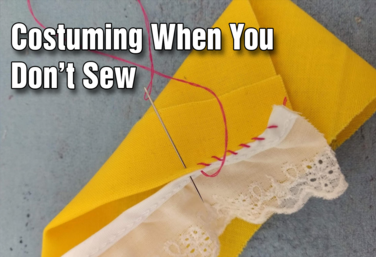
Tech Theatre Unit: Costuming When You Don't Sew
by Drama Teacher Academy
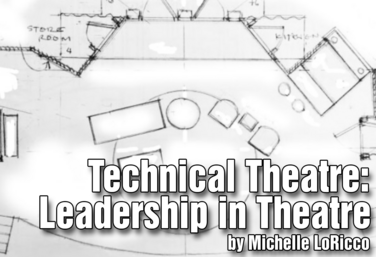
Technical Theatre: Leadership in Theatre
by Michelle LoRicco

The Do-it-All Director's Introduction to Costuming
by Holly Beardsley
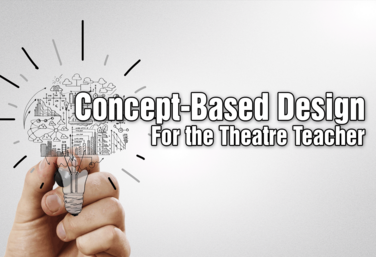
Concept-Based Design for the Theatre Teacher
by Matt Webster
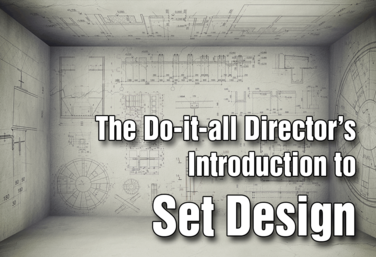
The Do-it-All Director's Introduction to Set Design
by Holly Beardsley
View all Standards for California VAPA Standards (2019) Standards Master List